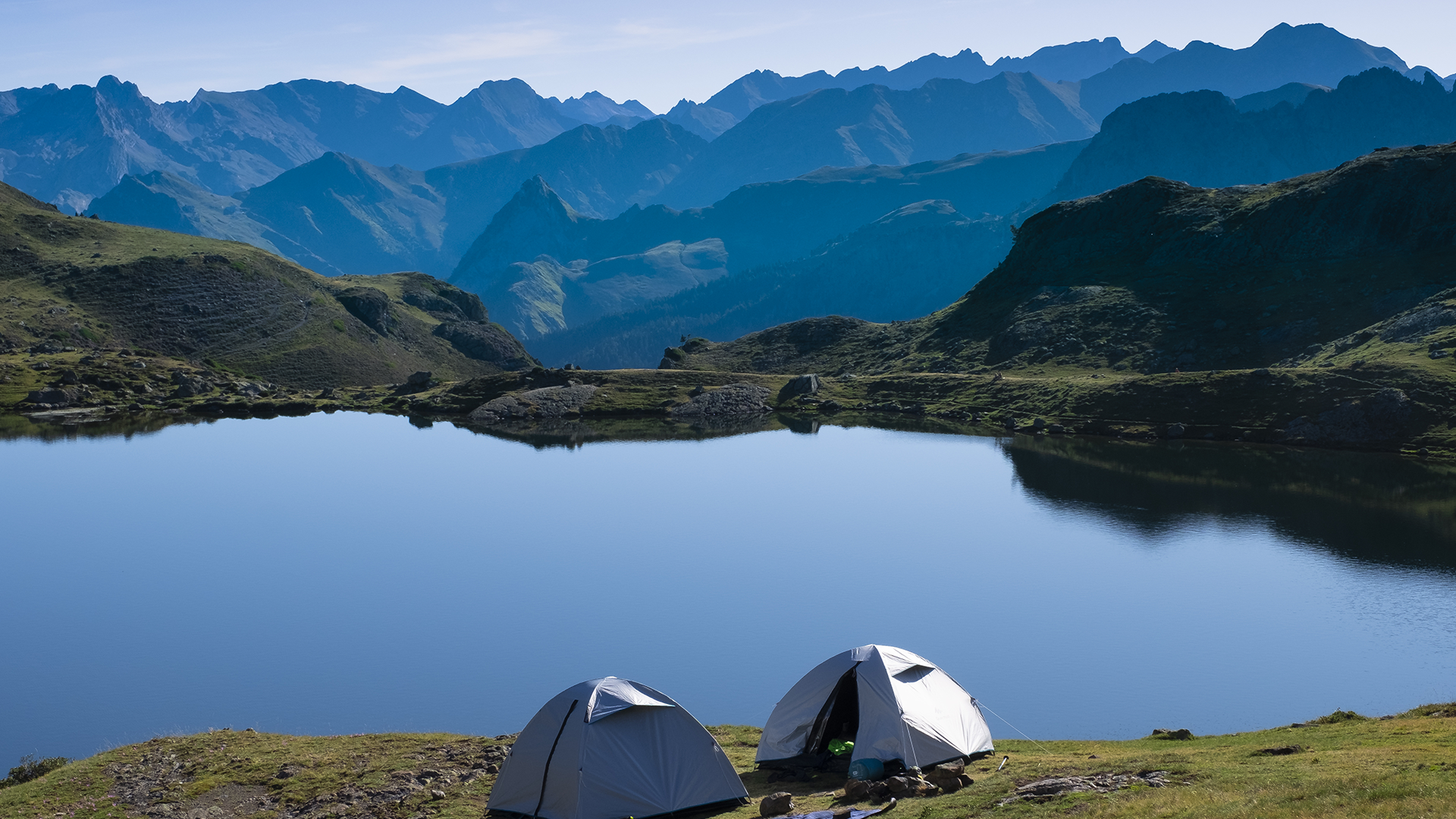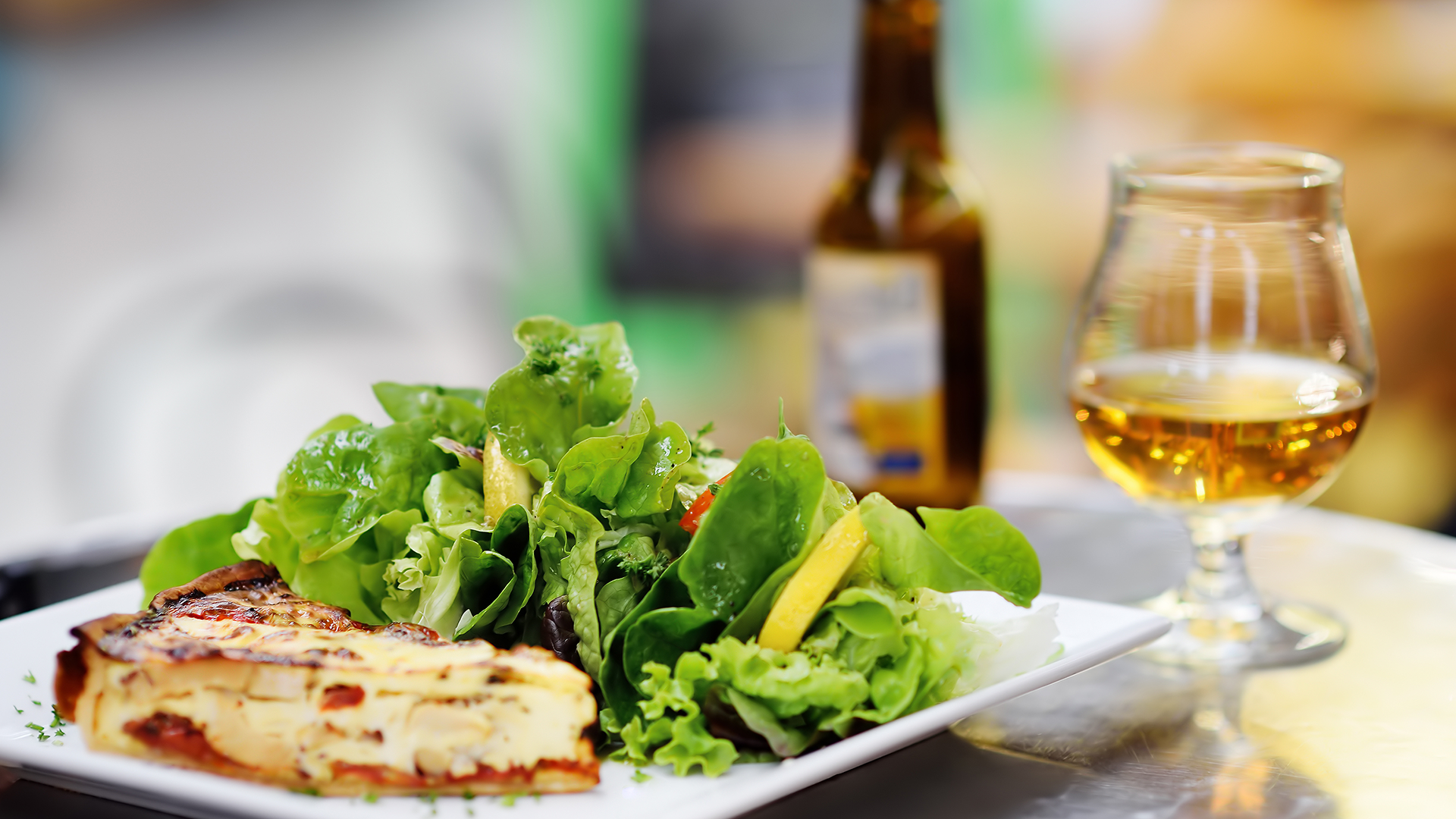What better way to explore Europe than on foot
When my companions and I woke up in our warm cabin, perched on a hill overlooking the dense green of pine, fir, and oak trees, I was brought back to the moment when I read a line that inspired me to organize this trip to Europe: “Only places where you have been by foot are places where you have really been.” The line was written by the German author, Johann Wolfgang von Goethe, and when I read it, I suddenly had an immense desire to visit Goethe’s home continent in the way he believed was best—on foot. Though I love a good city trip, at heart, I am a nature lover, which meant I knew from the beginning that any trip to the European continent would be focused primarily on hiking, camping, and eating in the wild. After months of planning, I and a few friends landed in France to begin a long hiking trip through the Pyrenees.

On that morning when I awoke with Goethe’s words in my mind, we had already been hiking for several days through the Pyrenees, taking the Pyrenees High Route, or Haute Route Pyrénées, which stretches through the mountain range along the French-Spanish frontier for some eight hundred kilometers (or nearly five hundred miles). Part of the fun of this extensive hike was the planning, scouring maps, marking the cabins where we would sleep, shower, and charge our electronics, and choosing the most magnificent views. The other thing we checked in advance—and would recommend to anyone else who might do a similar hike in Europe—was to ensure that we were all technically skilled enough for the terrain we would encounter. For example, we checked to make sure our route would not include any mountain climbing, rock climbing, or glacier travel, which require specific skills and equipment and changes the risk profile of the hike. For us, a route without the need for advanced skills was ideal.

Though the entry point of our hike was somewhat far from the airport where we landed (in fact, some of us touched down in Spain and others in France), the excellent train network in this part of Europe enabled us to get there with speed and comfort. We were surprised to see, in fact, that seemingly every village and town has its own little train station, and busses run frequently to rural locations nearby! From the very start of the trek, we encountered some of the most breathtaking natural landscapes any of us had ever seen. From the craggy mountains with boulders and shrubs and beautiful grasses stretching out as far as we could see, to the little green valleys, where tall trees towered above us, we were continuously blown away. We found little streams, babbling creeks, and little lakes along the way, which often were a deep blue color and stood in gorgeous contrast to the green foliage around us. As we had read in advance, we even saw sheep and cattle grazing in the mountains. These animals surely belonged to a farmer nearby, but it was incredible to sight them munching peacefully on the hilly terrain, breathing in the same crisp, fresh air that filled our lungs.

On most days, we started with breakfast, which included coffee (a must!) and a hearty warm meal that would give us the energy to walk for much of the day. Partway through the journey and a little tired of the canned, dried, or dehydrated food we had relied on, we took a small detour to the tiny village of Torla, which lies on the Spanish side of the border—don’t worry, crossing over poses no problems, as the European Union does not impose hard frontiers within its borders (and both countries use the euro currency, so there’s no need for conversion). At Torla, the locals welcomed us with incredible warmth, which struck me as particularly nice since I am sure we looked rather ragged and dirty after walking and camping for so many days and only washing if we found a body of water along the way. In the village, we took off our heavy packs and sat at a café overlooking a beautiful square. The sun came out, and a waiter brought us fresh lemonade and a spread of local food, which tasted marvelous after our camp meals. Thinking that we ought to ask the locals if there was a sight we had to see while in town, we approached a few people in our café, and one explained that we had to visit the Odessa Valley, which she described as dramatically beautiful—at least that was what we thought she said; none of us speak fluent Spanish! It took us a couple of hours to reach the valley, but it was well worth the effort. When we arrived at the edge, overlooking the low area below and the breathtaking nature contained in it, I sighed with a great sense of satisfaction. Goethe was right. Seeing a place on foot is the only way to do it. After the Odessa Valley, we returned to our trail and continued on, making memory and memory amongst some of the most miraculous nature any of us had ever seen.

We ended our trip with some well-deserved rest and relaxation in an eco-lodge in a small French town. After many days on the trail, sipping hot coffee and eating fresh pastries on a comfortable deck chair felt about as close to heaven as I could imagine. Plus, my companions and I got to meet several interesting locals when we had lunch at a restaurant our host recommended. One man even offered to show us the goats he raises for cheesemaking! It was a perfect way to finish an unforgettable trip.
Now that I’m back home, I find myself dreaming of this hike. When life returns to normal, I will be planning another long-haul trek in Europe as soon as the chance arises. I’ve heard Croatia is home to some of the best nature—and wine and cheese—in the world!